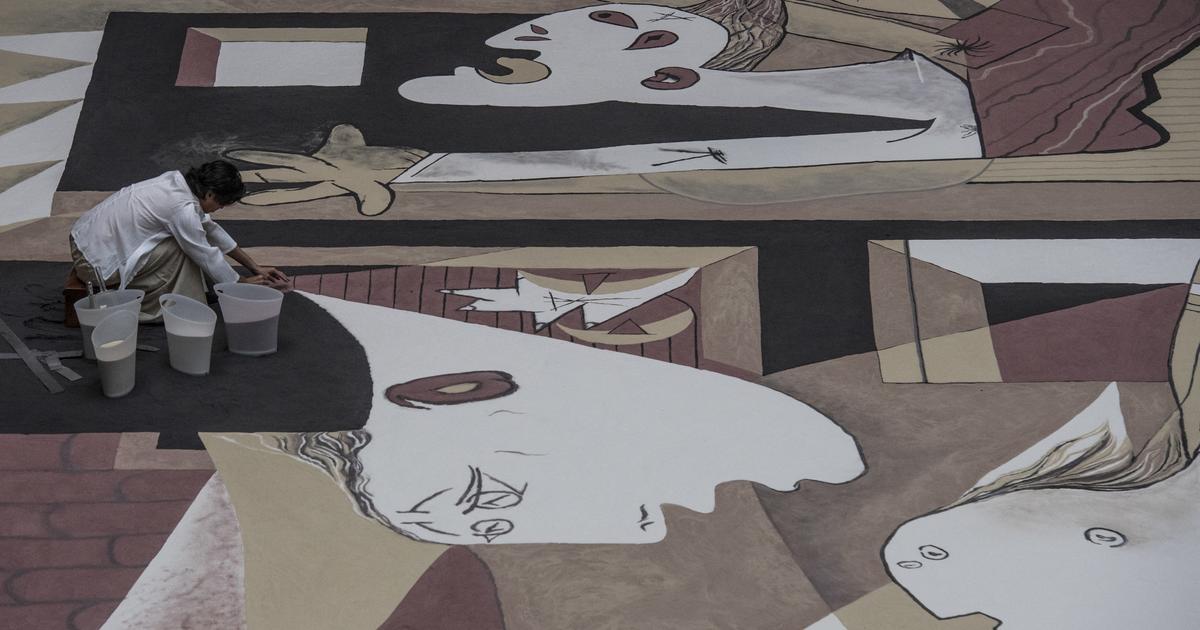Picasso, who never set foot in the Arab world, nevertheless left a large imprint there, and made borrowings.
A source of inspiration highlighted by a pioneering exhibition at the Arab World Institute (IMA) in Tourcoing, in the North.
To discover
Discover the “Best of the Goncourt Prize” collection
Read alsoA rare exhibition in Dakar marries the art of Africa with Picasso
The exhibition opens with two portraits by candlelight, mirrored 20 years apart: one by Picasso of his companion Dora Maar, the other by the Egyptian Samir Rafi, using certain Cubist codes.
Read alsoCécile Debray: "
There is a fragility that settles around Picasso
"
The exhibition, until July 10, wants to participate in giving "
the place that is due to them
" to Arab artists, often forgotten in the history of art, explains Mario Choueiry, one of the curators.
In cultures where “
sculpture, painting
” are above all “
techniques of colonial import
”, the Arab avant-gardes “
go through the digestion of impressionism, fauvism, cubism, before becoming themselves
” , he specified.
If Picasso did not travel in the Arab world, his works echoed it.
The two manifestos of the Arab avant-gardes, published in Cairo in 1938 and in Baghdad in 1951, lay claim to the Spanish master.
We thus discover an imposing Guernica transposed into the Syria of the 1980s, where the Baathist regime repressed in blood the Islamist opponents of Hama.
The Syrian painter Alwani Khozaima represents in a triptych a minotaur, a horse, helicopters pounding a tower of Babel.
"
There is a resemblance, but it's a reinterpretation
," says gallery owner Saleh Barakat, who lent the work.
"
It's about the Arab world in the 70s and 90s
", and there is a "
specific vocabulary
", with the rape of the horse which in Arab culture is "
the dignified animal that refuses to submit
".
"
And this makes it possible to show artists who are little known in the West, and to rediscover others with a new eye
” with “
very meaningful comparisons
”, noted Saleh Barakat again.
For other works, the connection is less formal than political, with a denunciation of violence, or artistic, with a work of abstraction.
As with this portrait by Picasso of the Algerian independence activist Djamila Boupacha, then imprisoned.
A few traditional Islamic pieces, rugs and earthenware, are also on display, another source of inspiration for the Arab avant-gardes.
Their refined graphics and the bestiary also seem to resonate with Picasso.
“
When we talk about Picasso, we often talk about his orientalism
“, but never of his relationship with Arab artists, notes the director of the IMA Tourcoing, Françoise Cohen.
“
We hope that this exhibition opens up a field of research
” on these exchanges and meetings, she added.
The exhibition will be presented at the Institut du monde arabe in Paris in 2024.

